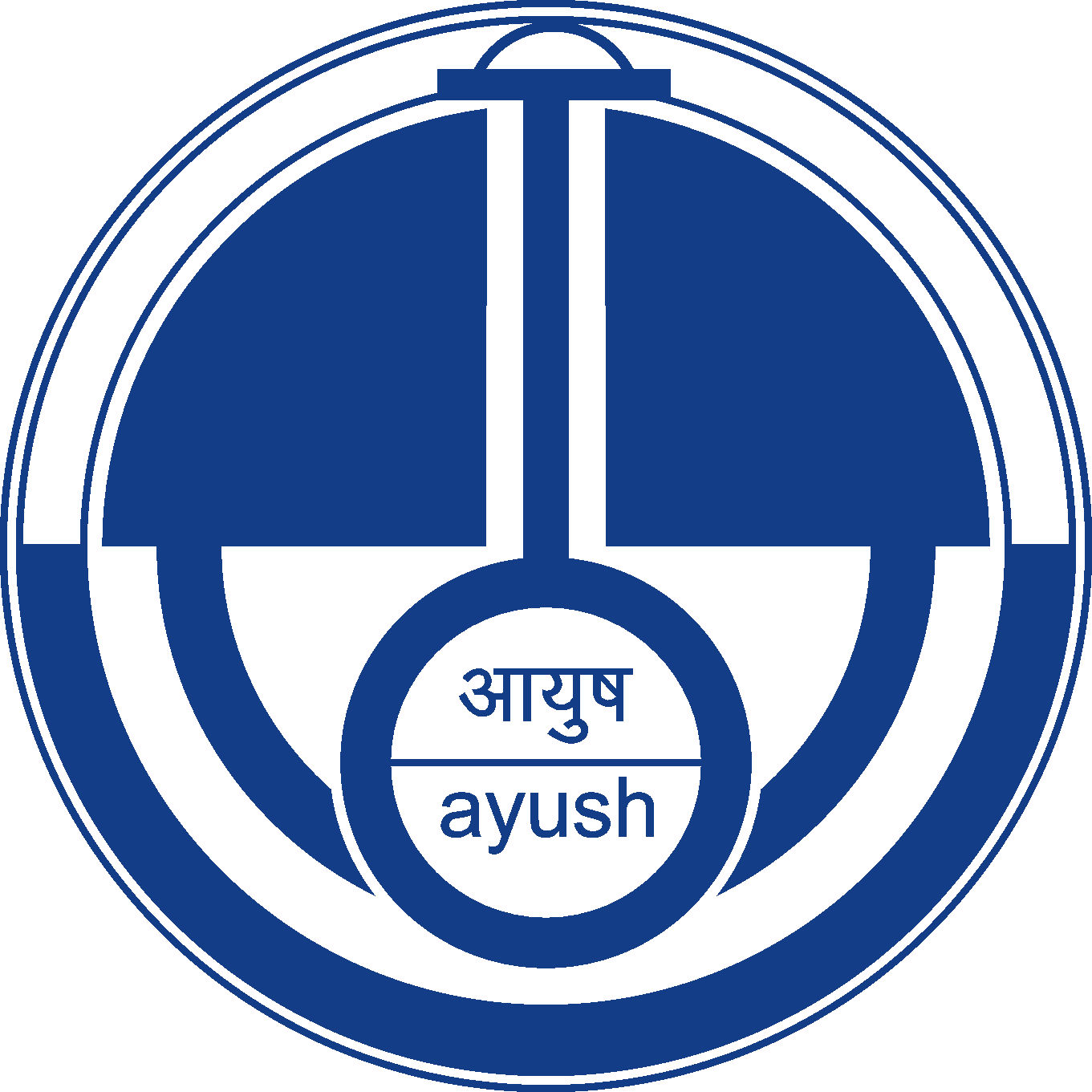预约演示
更新于:2025-05-07

Central Council For Research In Ayurvedic Sciences
更新于:2025-05-07
概览
关联
214
项与 Central Council For Research In Ayurvedic Sciences 相关的临床试验CTRI/2025/04/083816
Efficacy Of Krishnatiladi Kashyam Ghanvati As Artava Janan (Mensturation) In Patients Of Avrita Vata Artava Dushti WSR PCOS (Phenotype D) - NIL
开始日期2026-03-09 |
CTRI/2025/03/081764
Prevalence and risk assessment of Hypertension based on Aahar Vihara approach using STEPSinstrument - nill
开始日期2026-03-02 |
CTRI/2025/04/085232
Effectiveness of Ayush Osto (coded Ayurvedic formulation) in post -menopausal women with Osteopenia- A prospective single arm multi centric study. - NIL
开始日期2025-07-14 |
100 项与 Central Council For Research In Ayurvedic Sciences 相关的临床结果
登录后查看更多信息
0 项与 Central Council For Research In Ayurvedic Sciences 相关的专利(医药)
登录后查看更多信息
209
项与 Central Council For Research In Ayurvedic Sciences 相关的文献(医药)2025-12-31·Essential Chem
Advances in chromatography: contemporary techniques and applications
作者: Mondal, Susmita ; Debnath, Sudipto ; Das, Manosi ; Babu, Gajji ; Sarkar, Biresh K.
2025-05-01·Molecular and Cellular Endocrinology
An endocrinological perspective on polycystic ovarian syndrome
Review
作者: Basak, Smarto ; Puia, Lalrin ; Babu, Gajji ; Dixit, Amit Kumar ; Kumar Y R, Sanjay ; Bora, Manajit ; Dey, Ranjit Kumar
2025-04-03·Acta Chromatographica
Improvised TLC and conceptualization of coordinate position: A notion for qualitative profiling of complex herbal formulations
作者: Hazra, Kalyan ; Kumar, Deepak ; Babu, Gajji ; Meena, Ajay Kumar ; Dutta, Sreya ; Subhose, V.
100 项与 Central Council For Research In Ayurvedic Sciences 相关的药物交易
登录后查看更多信息
100 项与 Central Council For Research In Ayurvedic Sciences 相关的转化医学
登录后查看更多信息
组织架构
使用我们的机构树数据加速您的研究。
登录
或

管线布局
2025年12月13日管线快照
无数据报导
登录后保持更新
药物交易
使用我们的药物交易数据加速您的研究。
登录
或

转化医学
使用我们的转化医学数据加速您的研究。
登录
或

营收
使用 Synapse 探索超过 36 万个组织的财务状况。
登录
或

科研基金(NIH)
访问超过 200 万项资助和基金信息,以提升您的研究之旅。
登录
或

投资
深入了解从初创企业到成熟企业的最新公司投资动态。
登录
或

融资
发掘融资趋势以验证和推进您的投资机会。
登录
或

生物医药百科问答
全新生物医药AI Agent 覆盖科研全链路,让突破性发现快人一步
立即开始免费试用!
智慧芽新药情报库是智慧芽专为生命科学人士构建的基于AI的创新药情报平台,助您全方位提升您的研发与决策效率。
立即开始数据试用!
智慧芽新药库数据也通过智慧芽数据服务平台,以API或者数据包形式对外开放,助您更加充分利用智慧芽新药情报信息。
生物序列数据库
生物药研发创新
免费使用
化学结构数据库
小分子化药研发创新
免费使用